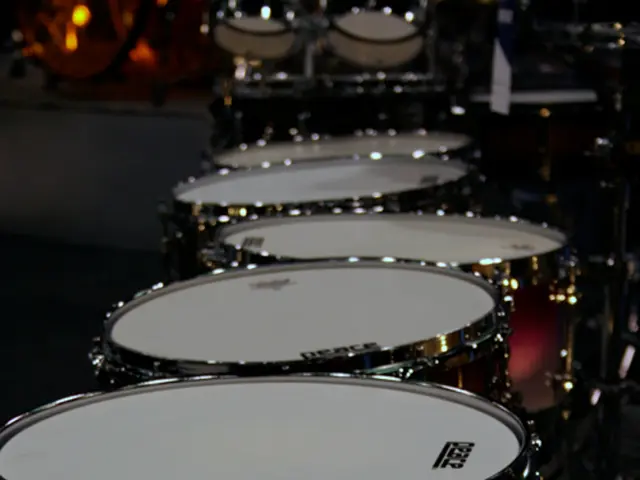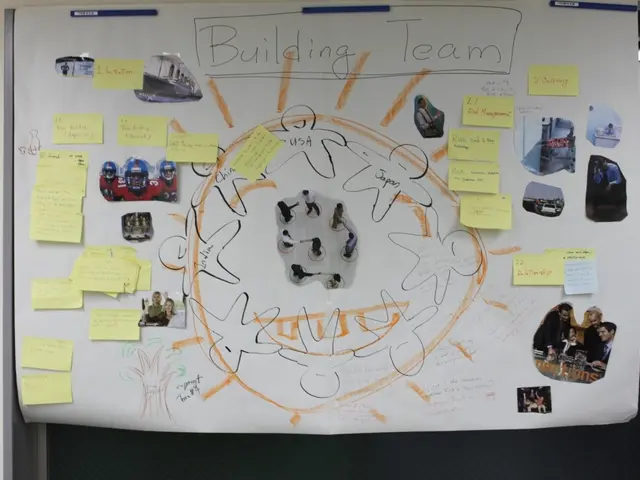Disrupted Magnetic Alignments in Cattle and Deer Due to Power Lines
Research conducted by Hynek Burda from the University of Duisberg-Essen has provided additional support for the magnetic sense of cows and deer. Using satellite images from Google Earth, Burda showed that herds of these animals line up according to the North-South poles, suggesting they are using the Earth's magnetic field for navigation.
However, the study also revealed that herds of European cattle grazing within 150 meters of power lines had no preference in their directions. This indicates that high-voltage power lines generate strong electromagnetic fields that can interfere with the magnetic sense and orientation abilities of these animals.
The electromagnetic fields emitted by power lines can disrupt the magnetic orientation in various animals, including cattle and deer, by interfering with magnetoreception, the ability to detect magnetic fields for spatial navigation. This effect has been well-documented in birds and insects.
Powerful magnetic fields around long conductors like high-voltage power lines can induce electrical currents and alter local magnetic field conditions, potentially confusing animals dependent on geomagnetic information for orientation. The presence of biologically sensitive magnetic material such as magnetite in animals supports that magnetic fields can influence their navigation systems.
The magnetic alignment of cows and deer could make some bodily processes function more effectively, according to a proposal by the researchers in their last paper. However, the benefits that these animals gain by detecting magnetic fields are not fully understood.
The lines running between electrical pylons produce extremely low-frequency magnetic fields, which are strongest at the mid-point where the line sags closest to the ground and decrease exponentially the further you get from the line.
The magnetic sense of these mammals is believed to be facilitated by the presence of a mineral called magnetite. Another method of magnetic sensing is the "radical-pair" hypothesis, which involves a light-sensitive molecule called cryptochrome. Cryptochrome is used by light-detecting cells in our eyes to sense blue light and can be affected by magnetic fields, potentially allowing animals to see magnetic fields as visual patterns.
Until recently, bats and rodents were the only mammals known to navigate using the Earth's magnetic field as a guide. However, recent studies have shown that cows, deer, and a variety of other animals also rely on this sense for navigation.
In summary, high-voltage power lines can impair magnetic field detection and orientation abilities in animals, causing them to position themselves at random. This disruption can be attributed to the electromagnetic fields, low-frequency and radiofrequency EMFs, and induced electrical currents near power lines.
- The magnetic sense in animals, such as cows and deer, has been shown to aid in their health-and-wellness and fitness-and-exercise, as it helps them navigate the earth using the earth's magnetic field.
- Science continues to uncover new species that possess a magnetic sense, such as cows and deer, to aid in their spatial orientation, using mechanisms like magnetite or the "radical-pair" hypothesis.
- While the magnetic sense in animals can lead to more effective bodily functions, exposure to electromagnetic fields produced by high-voltage power lines can interfere with this sense, potentially causing confusion and disorientation in those species.







